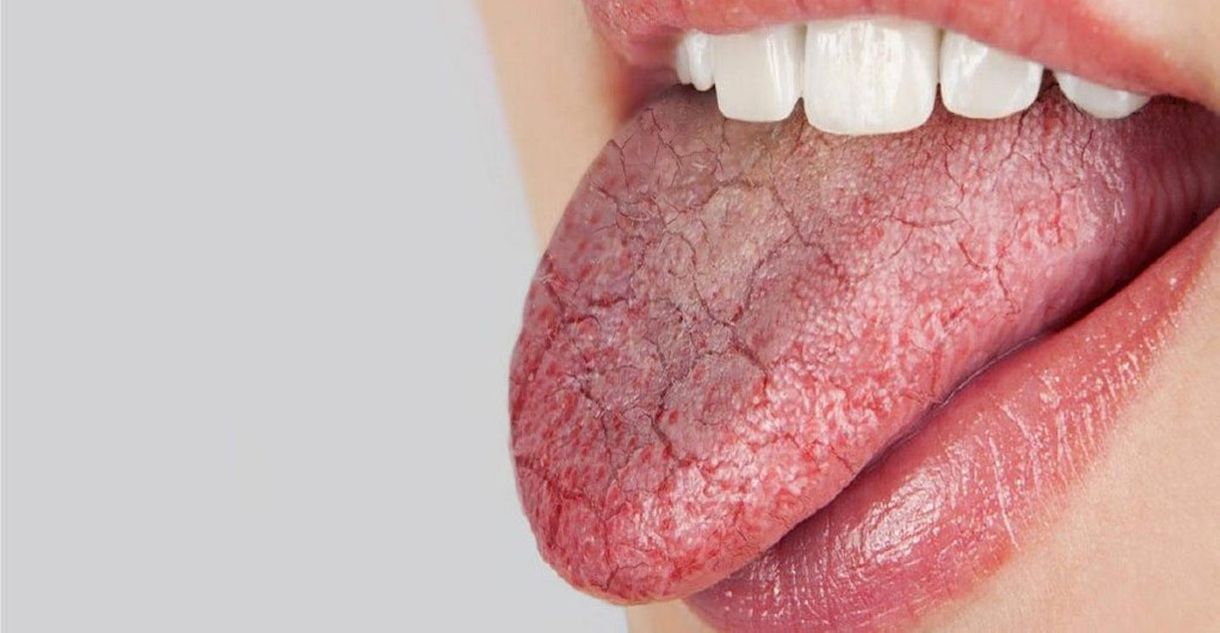What Are The Side Effects Of Radiation Therapy?
Radiation therapy is a method of treatment often used in cancer patients. External beam radiation uses high energy beams of x-rays, protons, or other particle types to damage the DNA inside of cancerous cells. This ensures the malignant cells are unable to live, grow, and divide. Brachytherapy is another type of radiation therapy, where the radioactive substance is placed inside the body.
Radiation therapy can be used alone, before surgery to shrink the tumor, after surgery to ensure malignant cell clearance, or as a palliative measure. Radiation therapy used in combination withchemotherapy is a standard option to cure cancer. Some stubborn noncancerous tumors may be treated with radiation therapy. Of course, radiation treatment for skin cancer is incredibly common. There is also a new radiation treatment for prostate cancer.
Fatigue

Patients undergoing radiation therapy as part of their treatment plan may experience frequent fatigue, which has been described as a lack of energy and excessive tiredness. Fatigue typically begins as a side effect around a week following the patient's first radiation treatment. Fatigue due to radiation therapy may be unpleasant and frustrating. However, it is a sign the body is doing what it is supposed to do. Radiation therapy not only damages and destroys the cancer cells, but it also has this effect on the healthy cells around the cancerous cells.
Radiation therapy does not always kill cells immediately. It often causes cellular DNA damage that renders the cells to be unable to divide and grow. An affected individual's body makes its best attempt at repairing the damage the radiation beams have caused to the healthy cells. The body requires an abundant source of energy to carry out such processes. It will allocate energy from other structures in the body to the site where it is attempting to heal these damaged tissues. This mechanism is what causes patients undergoing radiation therapy to feel fatigued and tired.
Loss Of Appetite

It is not uncommon for a patient undergoing radiation therapy as part of their treatment to experience loss of appetite. Appetite loss begins during the first few weeks of radiation therapy and may persist after the treatment ends. Patients having radiation therapy close to their neck and head are more likely to experience loss of appetite. This is because the cellular damage inflicted on healthy cells in these regions can result in taste and smell alterations.
An individual may feel that many types of food are no longer appealing because they cannot smell or taste properly. Other mechanisms play a role in appetite loss precipitated by radiation therapy. Nausea and vomiting are common occurrences in patients receiving radiation therapy. They can cause individuals to be unable to consume food regularly. Radiation therapy can also damage the tissues responsible for the production of saliva and fluids. This can result in dry mouth, sore mouth, and issues swallowing food.
Hair Loss

Some individuals having radiation therapy may experience hair loss. An individual typically only loses hair in the region of the body being treated. The amount of hair loss and the time it takes for it to grow back depends on the dosage of a patient's radiation and can vary from one patient to the next. In most cases, the patient experiences hair loss on the part of the body being treated around two to three weeks following the first session.
Hair loss is usually temporary in cases where smaller doses of radiation are administered frequently versus when larger doses are administered less often or just as frequently. Some patients experience permanent hair loss in the treated area. After the final session of radiation therapy, many patients will see hair regrowth at some point between three and six months. It is not uncommon for a patient's hair to grow back with a different color, texture, and consistency.
Skin Problems

It is common for radiation therapy patients to experience skin problems. External radiation therapy typically causes skin problems to occur due to the mechanism of the treatment. The high energy beams of radiation or particles have to pass through the patient's skin to reach the tissues underneath it. These skin issues occur because radiation therapy causes damage to the cells that make up the skin tissue it passes through. This mechanism is similar to a sunburn. However, it has been described as more painful and concentrated only on the skin above the treated area.
It is common to see the skin become red, itchy, and dry in some cases due to radiation therapy. The skin may appear swollen, and blisters may form in some patients who have more sensitive skin than others. The skin may also become darker in the area, similar to how an individual's skin tans when exposed to the sun. Reactions that occur on a patient's skin due to radiation therapy typically resolve within a month following the final treatment session.
Nausea And Vomiting

Some individuals who have radiation therapy may experience nausea and vomiting. Nausea is when an individual feels the need to vomit, and vomiting is the mechanical action of food moving backward from the stomach out of the mouth. These side effects can occur with radiation therapy if the chest, brain, abdomen, or the pelvis are exposed to the high energy x-ray or particle beams. Damage to the cells that line the esophagus can cause the patient to have abnormal spasms in the area that can cause them to vomit or feel like they have to vomit.
If an individual is having radiation to the head, the vomiting center in their brain could be inappropriately triggered if the nerve cells that contribute to that part of the brain become damaged. The tissues in the stomach lining can cause stomach upset if a patient's radiation treatment damages those types of cells. In some cases, radiation therapy aimed at the pelvis and abdominal area can damage the cells that make up their lining. This mechanism can result in inflammation and irritation of the digestive system, which can trigger nausea and vomiting.
Dry Mouth

Dry mouth and xerostomia are terms used to describe when an individual experiences a reduced quantity and quality of saliva. The salivary glands produce saliva. It helps kickstart the process of digestion, break down food, prevent tooth decay, and prevent mouth infections. An individual's mouth uses saliva to clean itself and keep the teeth healthy. Dry mouth can cause an individual to have problems talking, chewing, and swallowing. Dry mouth is an adverse side effect of radiation therapy administered to an individual's mouth, neck, or head.
Radiation therapy uses beams of concentrated energy or particles in a focused area of the body to destroy the DNA of cancerous cells and inhibit their growth. However, radiation can also harm healthy cells in the targeted area, such as the cells that make up the salivary glands. When radiation causes damage to the salivary glands, they are unable to produce as much saliva.
Shortness Of Breath

A common side effect seen in individuals who undergo radiation therapy is shortness of breath during and following treatment sessions. This symptom is most common in patients receiving radiation therapy targeted at their upper abdomen, neck, or chest. Most cases are also the result of radical radiotherapy, an intensive course of radiation used to cure cancer. Radiation therapy uses targeted beams of very concentrated particles or energy that damage the DNA of cancerous cells. This cellular DNA damage caused by the radiation beams inhibits the growth and division of cancerous cells if it does not eliminate them.
While radiation therapy has come a long way, it can still damage the healthy tissues around the region being treated. Radiation beams can hit the fragile tissues of a patient's lungs, causing inflammation. This type of lung inflammation is referred to as acute radiation pneumonitis and causes shortness of breath.
Incontinence

Incontinence occurs when an individual has difficulties controlling their bladder. The bladder holds urine produced by the kidneys until it is ready to be excreted from the body. This adverse side effect develops when patients have radiation therapy in their lower abdomen or pelvis. Incontinence is reported most often in men who undergo radiation therapy to treat prostate cancer. Radiation beams can cause damage to the healthy cells lining an individual's urethra. This is the tube that urine uses to move from the bladder to the outside of the body.
When these cells become damaged, the immune response causes inflammation in the patient's urethra. Urethral inflammation can cause an individual to leak urine unintentionally and have to urinate more frequently. Radiation beams can also hit the cells that line the inside of the bladder, causing damage and inflammation in those tissues. Bladder lining inflammation can cause involuntary contractions of the bladder muscles.
Diarrhea

Radiation therapy is not perfectly targeted at cancerous cells in the body. Thus, it can cause unintentional damage to healthy cells in the area being treated. The large intestine is comprised of an interior lining with features that allow it to absorb fluids from the stool that moves through it. Radiation beams can damage the healthy cells that make up the lining of the large intestine, impairing its ability to absorb fluid properly. Diarrhea is the adverse effect that results from this malfunction. Individuals undergoing treatment with radiation therapy aimed at certain areas of their body may experience frequent diarrhea. A patient being treated for any malignancy located in their abdomen or pelvis is most likely to experience diarrhea during their treatment period.
Radiation Fibrosis

A patient may develop radiation fibrosis as an adverse side effect of radiation therapy. Radiation fibrosis is when a patient incurs extensive damage and injury to the soft tissues in their body. Radiation fibrosis is most common among individuals who undergo radiation therapy to treat a malignancy in their head or neck. Any type of soft tissue in the radiation field can develop radiation fibrosis. This includes the blood vessels, skin, nerves, connective tissues, and muscles.
A patient may experience trismus, a restriction in how far they can open their mouth, and problems swallowing due to fibrosis of the throat muscles. They may develop lymphedema of their neck and head when the lymph nodes and vessels in these areas develop radiation fibrosis because they can no longer effectively drain extra fluid from the tissues. Cervical dystonia, the spasm, pain, and tightness in the neck can develop due to radiation fibrosis in the muscles controlling the neck's movement.